Almond Nut Harvesting: How And When To Harvest Almonds
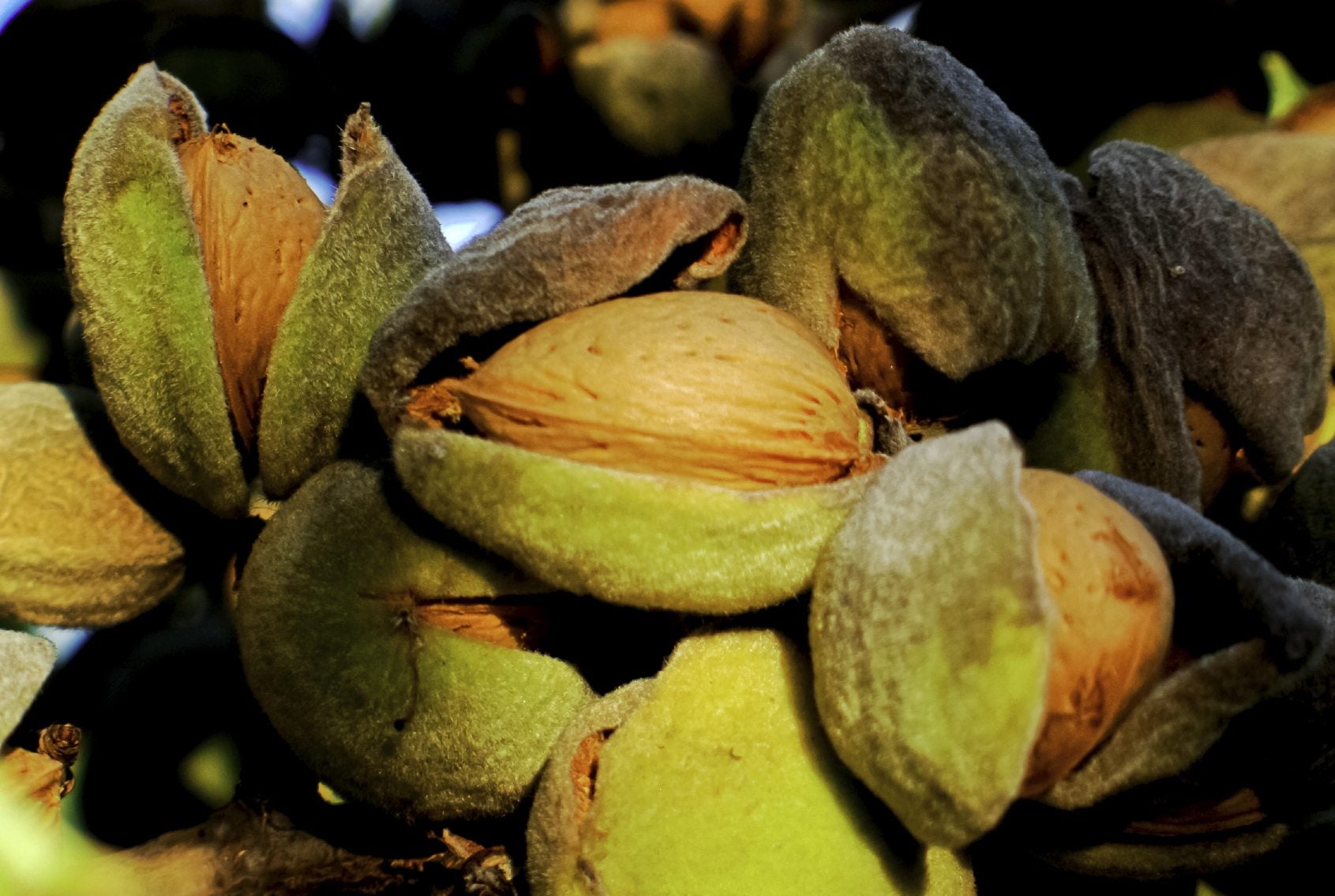

You may have planted almond trees in your backyard for their glorious flowers. Still, if fruit develops on your tree, you’ll want to think about harvesting it. Almond fruits are drupes, similar to cherries. Once the drupes mature, it’s time for harvest. The quality and quantity of your backyard almonds depends on using the correct techniques to harvest, process, and store the nuts. For more information about harvesting almond trees, read on.
Picking Almond Nuts
You probably think of almond fruit as nuts, but almond trees (Prunus dulcis) actually produce drupes. These drupes grow from the tree’s fertilized flowers and mature in autumn. The drupe has a leathery hull that surrounds it, giving it the look of a green peach. When the outer husk dries and splits, it’s time to start thinking about picking almond nuts. If you want to know when to harvest almonds, the drupe itself will tell you. When drupes are mature, they split open and, in time, fall from the tree. This usually happens during August or September. If you have squirrels, or even almond-eating birds, in your garden, you’ll want to keep your eye on the drupes and harvest them from the tree when they split. Otherwise, you can leave them on the tree as long as it does not rain. Don’t just look at the eye level almonds to tell if the drupes are mature. They ripen first at the top of the tree, then slowly work their way down.
How to Harvest Almond Trees
Start almond nut harvesting when 95 percent of the drupes on the tree have split. The first step in harvesting almond nuts is to gather the drupes that have already split and fallen. After that, spread a tarp beneath the tree. Start picking almond nuts from the branches you can reach on the tree. If you have trouble getting them off, quit picking almond nuts with your hands and use pruning shears to snip the stems just above the drupes. Drop all drupes onto the tarp. Almond nut harvesting continues with a long pole. Use it to knock the drupes from the higher branches onto the tarp. Harvesting almond trees’ drupes means getting those mature drupes off the tree and into your house or garage.
Gardening tips, videos, info and more delivered right to your inbox!
Sign up for the Gardening Know How newsletter today and receive a free copy of our e-book "How to Grow Delicious Tomatoes".

Teo Spengler is a master gardener and a docent at the San Francisco Botanical Garden, where she hosts public tours. She has studied horticulture and written about nature, trees, plants, and gardening for more than two decades. Her extended family includes some 30 houseplants and hundreds of outdoor plants, including 250 trees, which are her main passion. Spengler currently splits her life between San Francisco and the French Basque Country, though she was raised in Alaska, giving her experience of gardening in a range of climates.
-
 Looking For Plants To Give You The Soft And Fuzzies? Try These 5 Fuzzy Leaf Plant Options
Looking For Plants To Give You The Soft And Fuzzies? Try These 5 Fuzzy Leaf Plant OptionsLovers of texture, drama, silver foliage and tactile plants will adore these special sensory garden additions. These fuzzy leaf plant options will leave you all aglow
By Susan Albert
-
 Get Ready For A Summer Of Hummers! Grow These Full Sun Hummingbird Plants and Flowers
Get Ready For A Summer Of Hummers! Grow These Full Sun Hummingbird Plants and FlowersIf you’re lucky enough to enjoy a sunny backyard, make sure you are maxing out on your pollinator opportunities and grow these full sun hummingbird plants and flowers
By Tonya Barnett
-
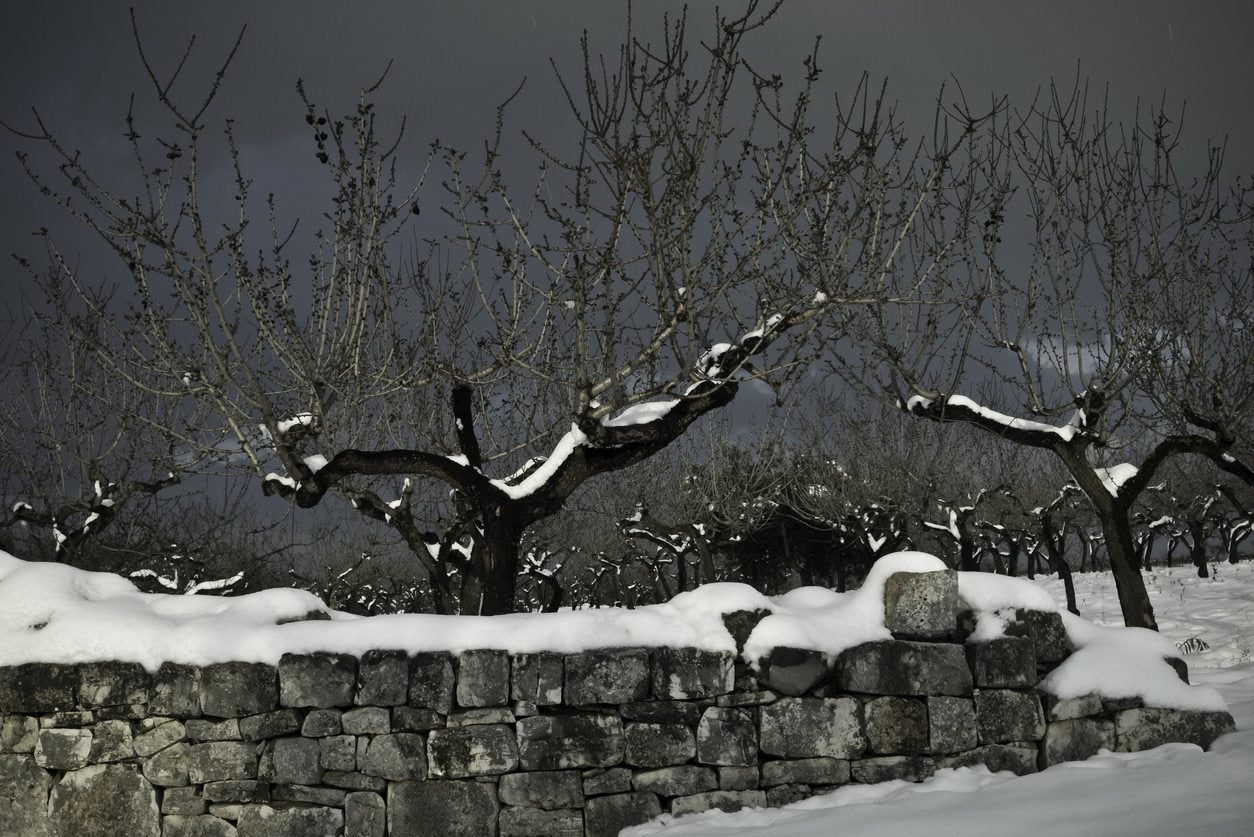 Almond Winter Care – What To Do With Almonds In Winter
Almond Winter Care – What To Do With Almonds In WinterWith early blooms in mild climates, almond trees are making their way into the landscape, providing homeowners with early spring blooms, healthy nuts and an attractive landscape plant. Click this article for tips on what to do with almonds in the winter.
By Darcy Larum
-
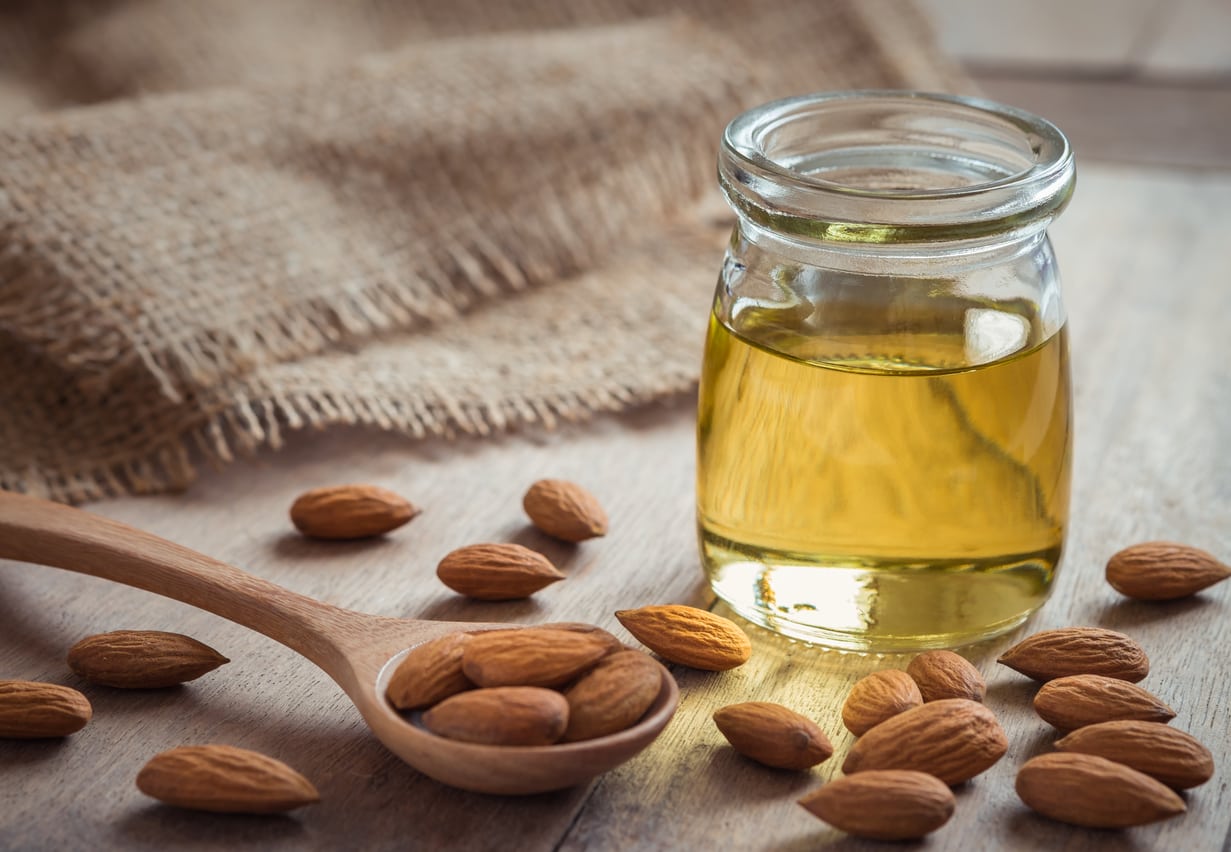 Almond Oil Information: Tips For Using Almond Oil
Almond Oil Information: Tips For Using Almond OilAlmond oil is nothing new. But exactly what is almond oil and how do you use it? The following article contains almond oil information. Learn about the uses of almond oil and more. Click here to learn more.
By Amy Grant
-
What Is Hull Rot: Learn How To Avoid Rotting Nut Hulls
Almond hull rot is a fungal disease that affects the hulls of nuts on almond trees. It can cause big losses in almond farming, and the occasional backyard tree. Understanding basic identifying factors can help you manage this disease. Learn more in this article.
By Mary Ellen Ellis
-
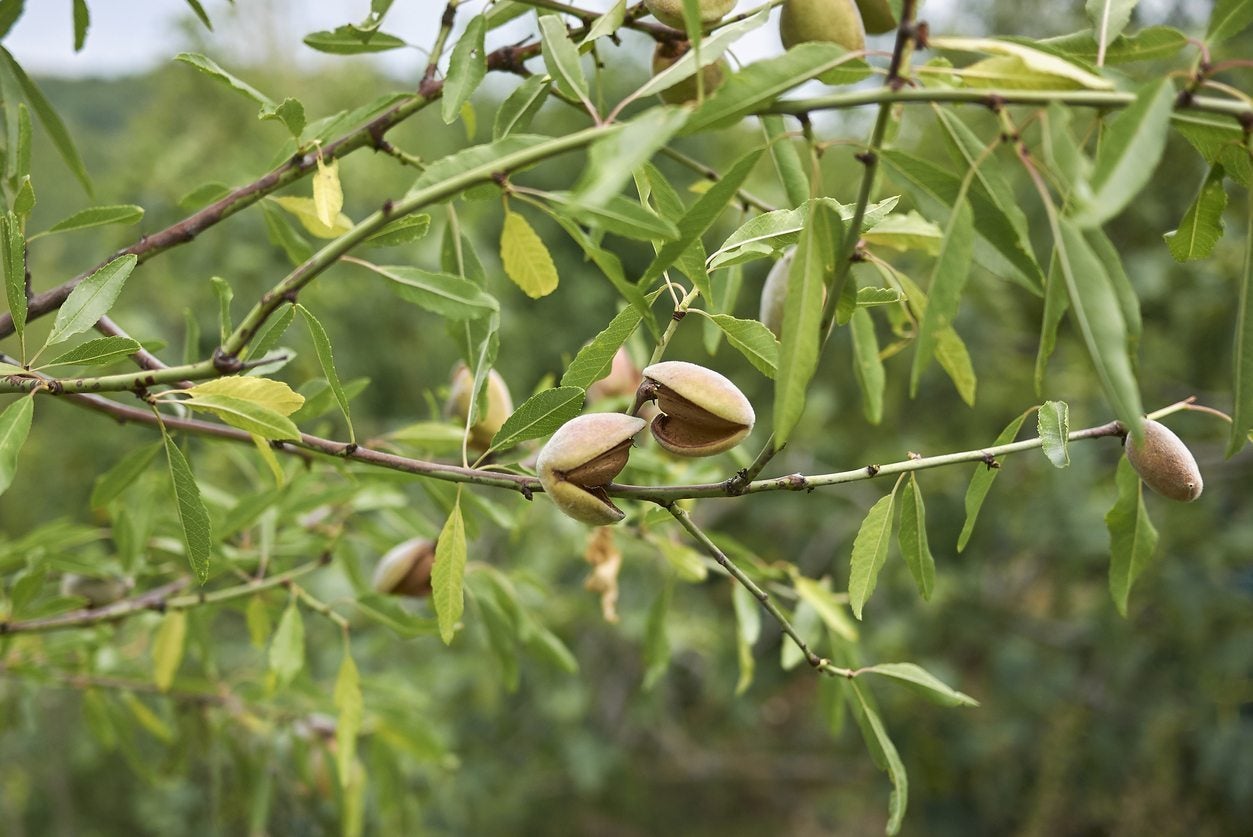 Can You Grow Almonds From Cuttings – How To Take Almond Cuttings
Can You Grow Almonds From Cuttings – How To Take Almond CuttingsAlmonds are usually propagated by budding or grafting. How about rooting almond cuttings? Can you grow almonds from cuttings? Find out how to take almond cuttings and other information about propagating almonds from cuttings in this article.
By Amy Grant
-
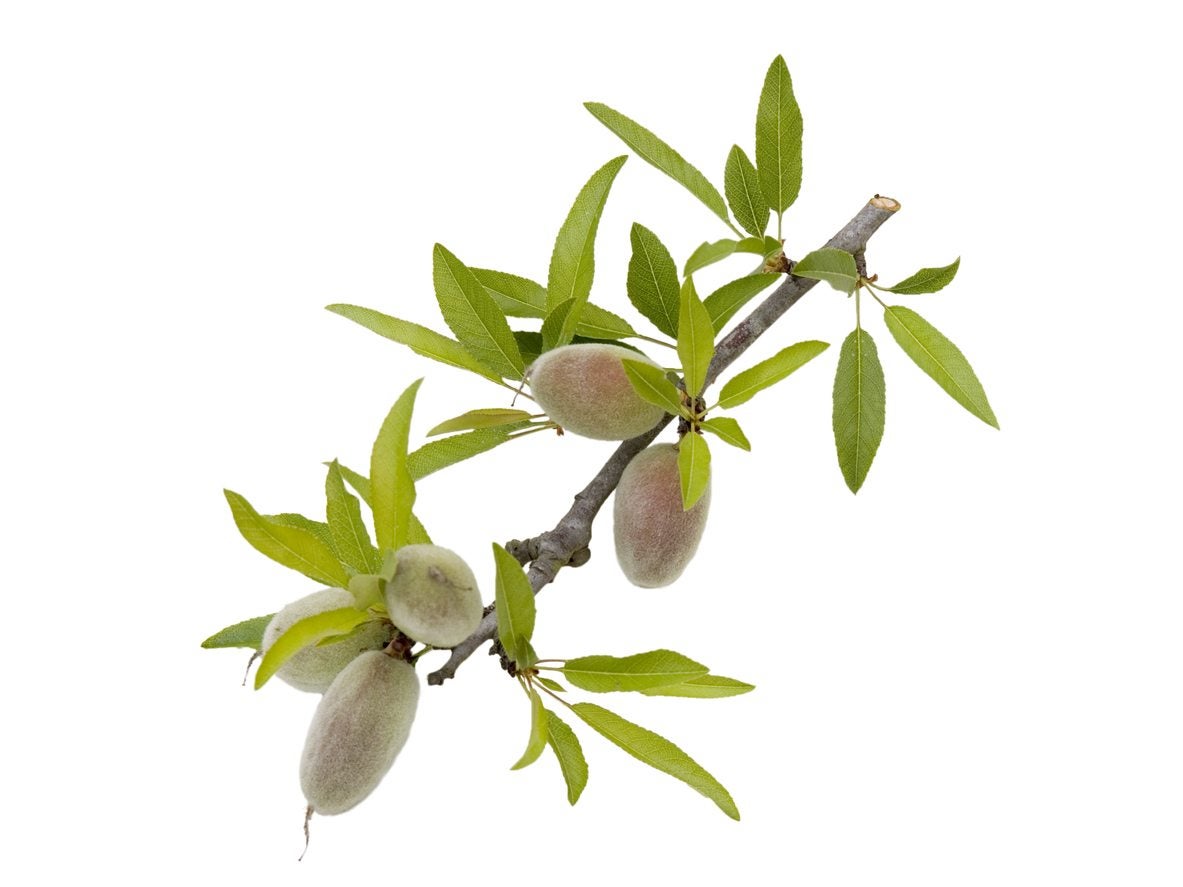 Almond Propagation Methods: Tips On Propagating Almond Trees
Almond Propagation Methods: Tips On Propagating Almond TreesAlmond trees have become a popular nut tree for home gardens around the world. They can be purchased from garden centers and nurseries, or propagated at home from an existing almond tree. Click here to learn how to propagate an almond tree.
By Darcy Larum
-
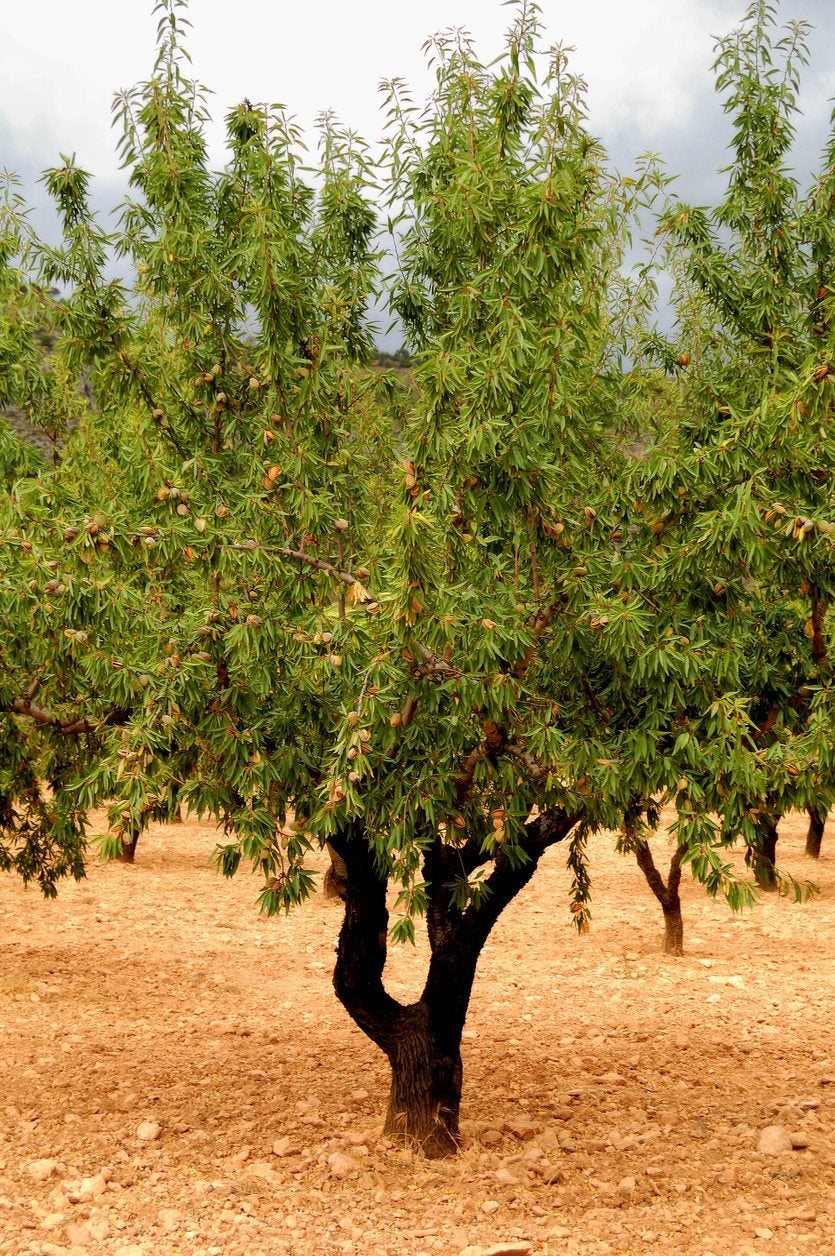 Moving An Almond Tree – How To Transplant Almond Trees
Moving An Almond Tree – How To Transplant Almond TreesDo you have an almond tree that for one reason or other needs to be moved to another location? Then you're probably wondering if you can transplant an almond? If so, click on this article for some helpful almond transplant tips.
By Amy Grant
-
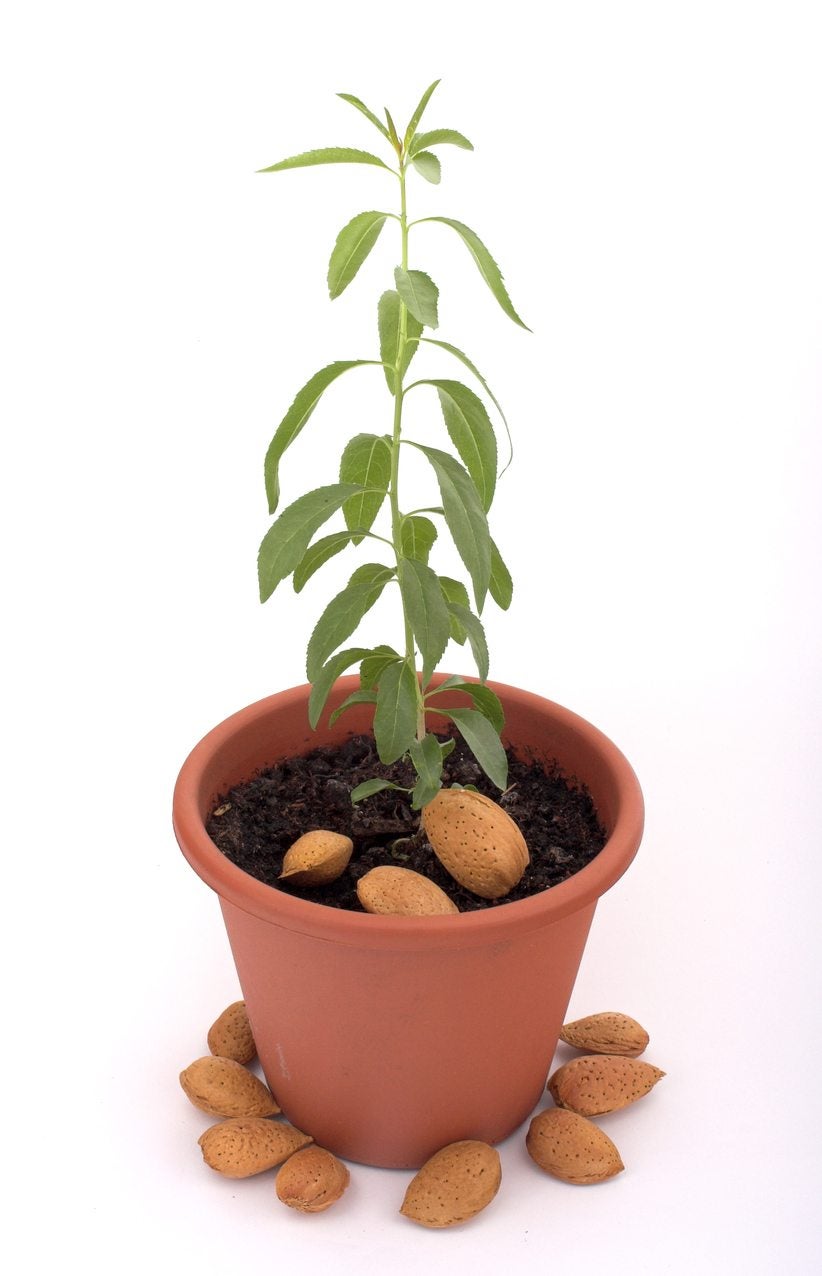 Planting Almond Nuts – How To Grow An Almond From Seed
Planting Almond Nuts – How To Grow An Almond From SeedAlthough almond germination does take a little know how, propagating your own seed grown almond trees is definitely a fun project for the novice or avid home gardener. Click on the following article to find out how to grow an almond from seed.
By Amy Grant
-
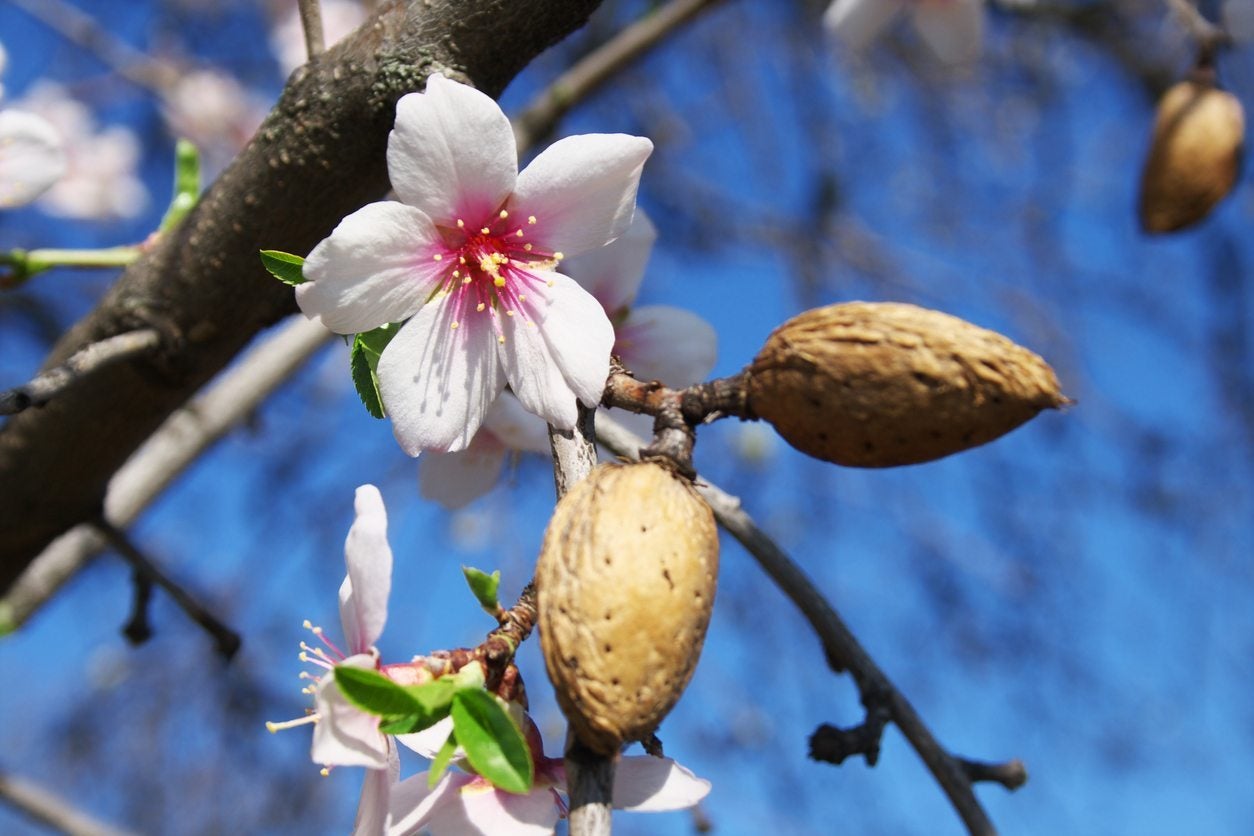 Almond Pest Control – Recognizing Almond Tree Pest Symptoms
Almond Pest Control – Recognizing Almond Tree Pest SymptomsUnfortunately, humans aren?t the only ones that enjoy almonds; there are lots of bugs that eat almonds, or the tree?s foliage. When treating pests on almond trees, it?s important to recognize almond tree pest symptoms. The following article can help with that.
By Amy Grant